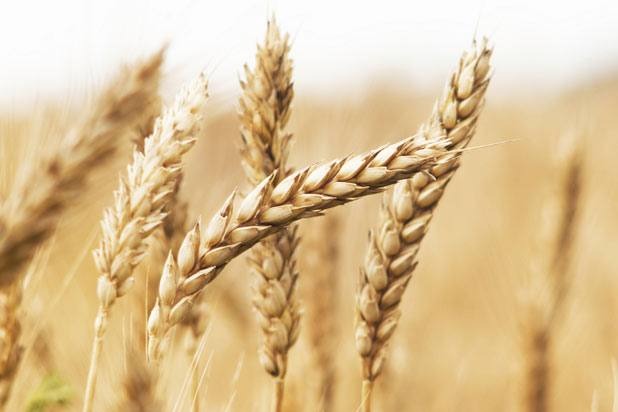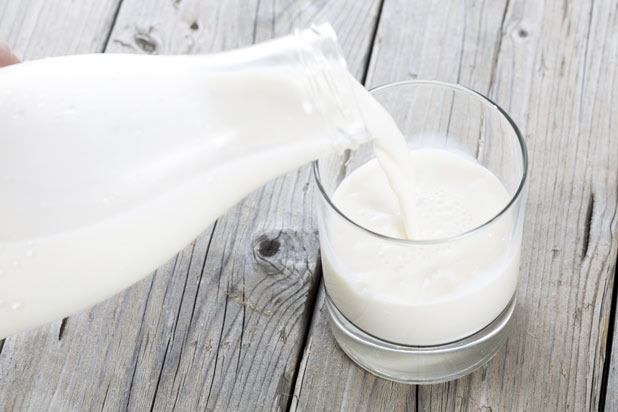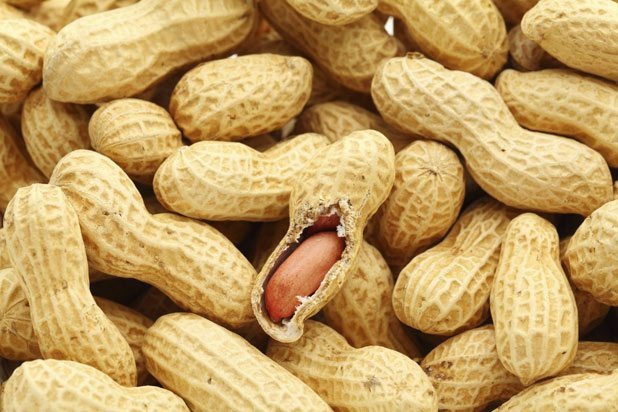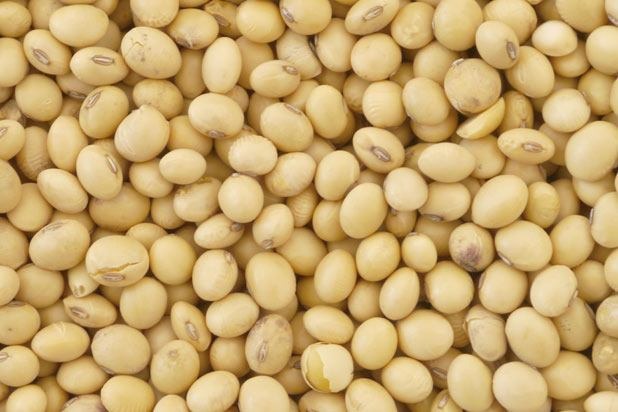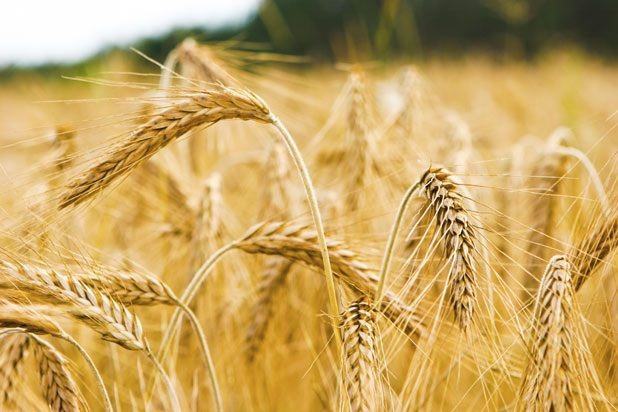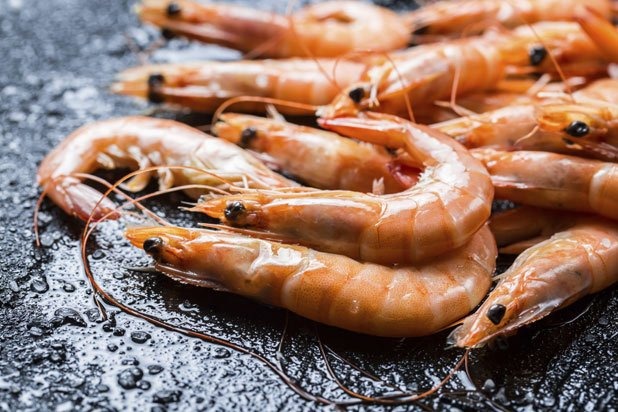The 8 Most Common Food Allergies (And Their Warning Signs)
Allergies are caused by our immune system overreacting to a particular protein found in a certain foods, and many are first diagnosed in young children. Nobody knows for sure why some people have sensitivities to these proteins while others don't, but in many cases symptoms can occur when even just a tiny amount of the troublesome food is consumed.
Cow’s Milk
Cow's milk is the most common food allergy in infants and young children, with about 2.5 percent of children younger than three affected, according to foodallergy.org. While most outgrow milk allergies, symptoms can range from hives to anaphylaxis.
Eggs
The second most common food allergy, eggs can also cause the full range of symptoms. Only the whites contain potentially allergenic proteins, but because it's impossible to completely separate the white from the yolk, all eggs should be avoided. Some vaccines against various illnesses contain egg protein, but have been deemed safe for those with egg allergies; nonetheless, we'd recommend telling your doctor about your allergy before being vaccinated.
Peanuts
For those allergic to peanuts, even the smallest exposure can result in anaphylaxis. Like most food allergies they're most prevalent in children; studies show that about 20 percent of children with peanut allergies outgrow them.
Tree Nuts
Whereas peanuts grow underground and are a legume, tree nuts, such as almonds, cashews, and walnuts are completely different, and allergies to peanuts don't generally indicate allergies to tree nuts. If you're allergic to one tree nut, though, there's a good chance you're allergic to all of them, so it's best to cut them out of your diet completely. Siblings of children who are allergic to tree nuts are also at an increased risk for the allergy, and tree nut allergies tend to be lifelong, with only nine percent of children eventually outgrowing them.
Soy
Only about .4 percent of children are allergic to soybeans, and the vast majority will outgrow the allergy before their tenth birthday. While allergic reactions to soy are generally mild, it's one of the more difficult foods to eliminate from a diet because so many foods contain it in one form or another. Avoid Chinese food, soy sauce, tofu, and anything containing soy protein.
Wheat
Unlike people afflicted with celiac disease or gluten intolerance, those with a wheat allergy are often able to tolerate all other grains. While wheat needs to be completely cut out of the diet, other grains, such as barley, corn, oats, rice, and quinoa, are usually acceptable. Thankfully, wheat allergies are generally outgrown by the age of three.
Fish
As opposed to most food allergies, which tend to first appear during childhood, about 40 percent of those with fish allergies experience their first symptoms as adults. Salmon, tuna, and halibut are the most common fish to which people are allergic, and more than half of all people who are allergic to one type of fish are also allergic to another.
Shellfish
Fish and shellfish come from two different families of foods, so being allergic to fish doesn't necessarily mean you'll also be allergic to shellfish. About 60 percent of people who are allergic to shellfish typically first experience symptoms as adults. There are two types of shellfish, crustaceans and mollusks. Allergies to crustaceans, like shrimp, crab, and lobster, tend to be severe (such as anaphylaxis).While those who are allergic to crustaceans generally aren't also allergic to mollusks (like clams and oysters), doctors generally advise that those with shellfish allergies avoid shellfish of all types.
